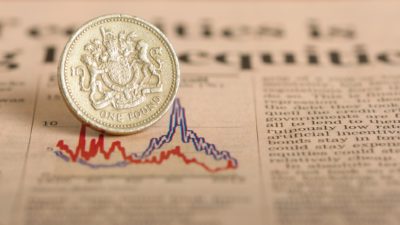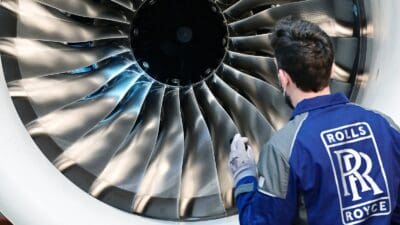I reckon the infrastructure sector looks attractive right now, and renewable energy is one fast-growing area that could support a long-term investment for me.
To cover that area in my portfolio, I’m tempted to buy shares in Renewables Infrastructure (LSE: TRIG), which listed on the London stock exchange with its Initial Public Offering (IPO) in 2013. Since then, the investment company has been building a portfolio of assets diversified by power market, regulatory framework, weather pattern and technology class.
Long-term assets
The investments have asset lives as long as 30 years or so, and the sites are managed “to optimise generation and minimise equipment downtime.” So far, the strategy has been working well for shareholders and the financial record shows a steady stream of dividends with the payment increasing a little each year.
Should you invest £1,000 in Bellway right now?
When investing expert Mark Rogers has a stock tip, it can pay to listen. After all, the flagship Motley Fool Share Advisor newsletter he has run for nearly a decade has provided thousands of paying members with top stock recommendations from the UK and US markets. And right now, Mark thinks there are 6 standout stocks that investors should consider buying. Want to see if Bellway made the list?
Today’s full-year report shows us that dividends for 2019 were just under 2.2% higher than the year before. And the directors are aiming to raise the payment by 1.8% in 2020, which gives us an indication of the pace of progress we can expect from a shareholding. But with the shares near 136p, the forward-looking dividend yield for 2020 is running just under 5%, which I see as attractive.
Indeed, since 2013, there’s been little volatility in the share price, and I’m optimistic that a steady performance can continue. If so, TRIG could shape up as a decent investment for shareholders willing to invest for the next few decades.
Promising figures
I find the figures in today’s report encouraging. Profit before tax rose by almost 32% and the firm’s portfolio generated around 50% more electricity than the year before. However, earnings per share came in broadly flat because of two fundraising events in the year, which enabled the company to invest in more assets.
TRIG raised a gross £530m of new capital in the period and made its first investment in Germany with the acquisition of interests in the Gode Wind 1 and Merkur offshore wind farms. Overall, the firm now has 74 portfolio projects spread between the UK, Ireland, France, Sweden and Germany
The overall Net Asset Value (NAV) increased by 11.9% in the period, although the NAV per share increased by just 5.6% to 115p. Chair Helen Mahy pointed out in the report that since 2013, the NAV in the accounts has increased by an annualised 8.4%. The business appears to be growing steadily and I reckon that reflects in the way the dividend has grown over the past few years.
TRIG seems to be operating in an area of the market that’s gaining traction. And recent political moves towards the goal of a zero-carbon future could act as a tailwind.
Mahy said: “Demand for clean energy is growing and we continue to see a pipeline of attractive investment opportunities.” Meanwhile, I’d buy a few of the shares and hold them for decades for the steady and rising income from the dividend.







